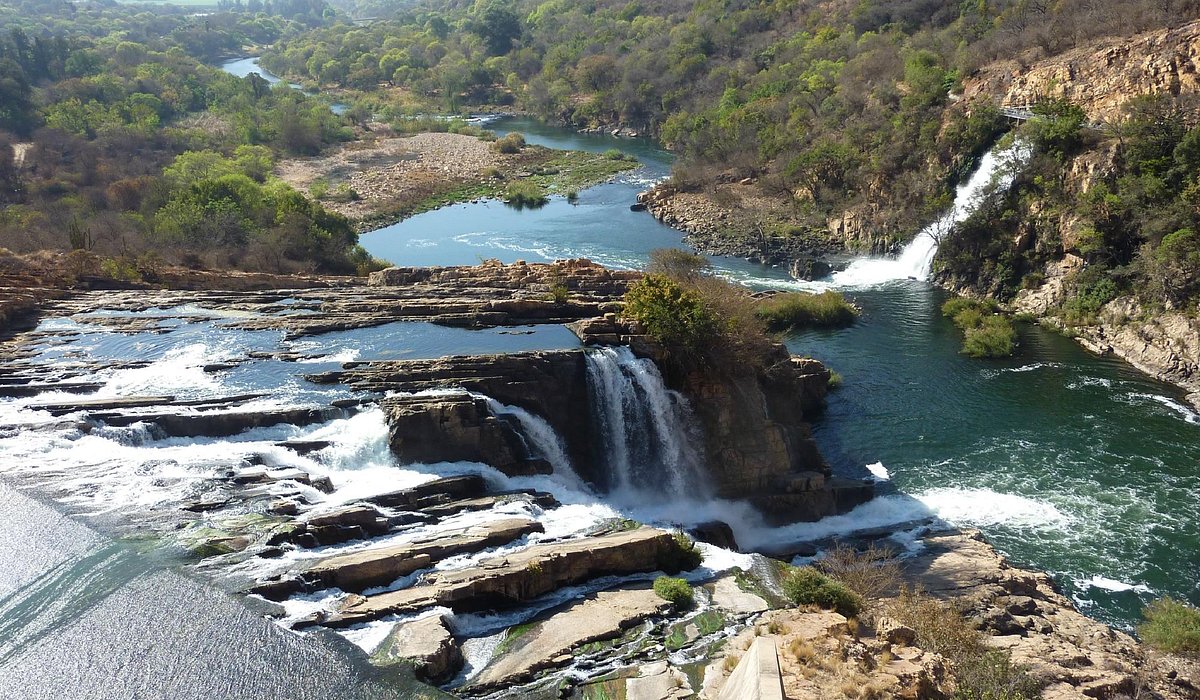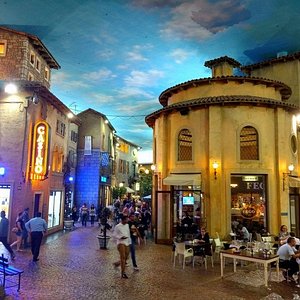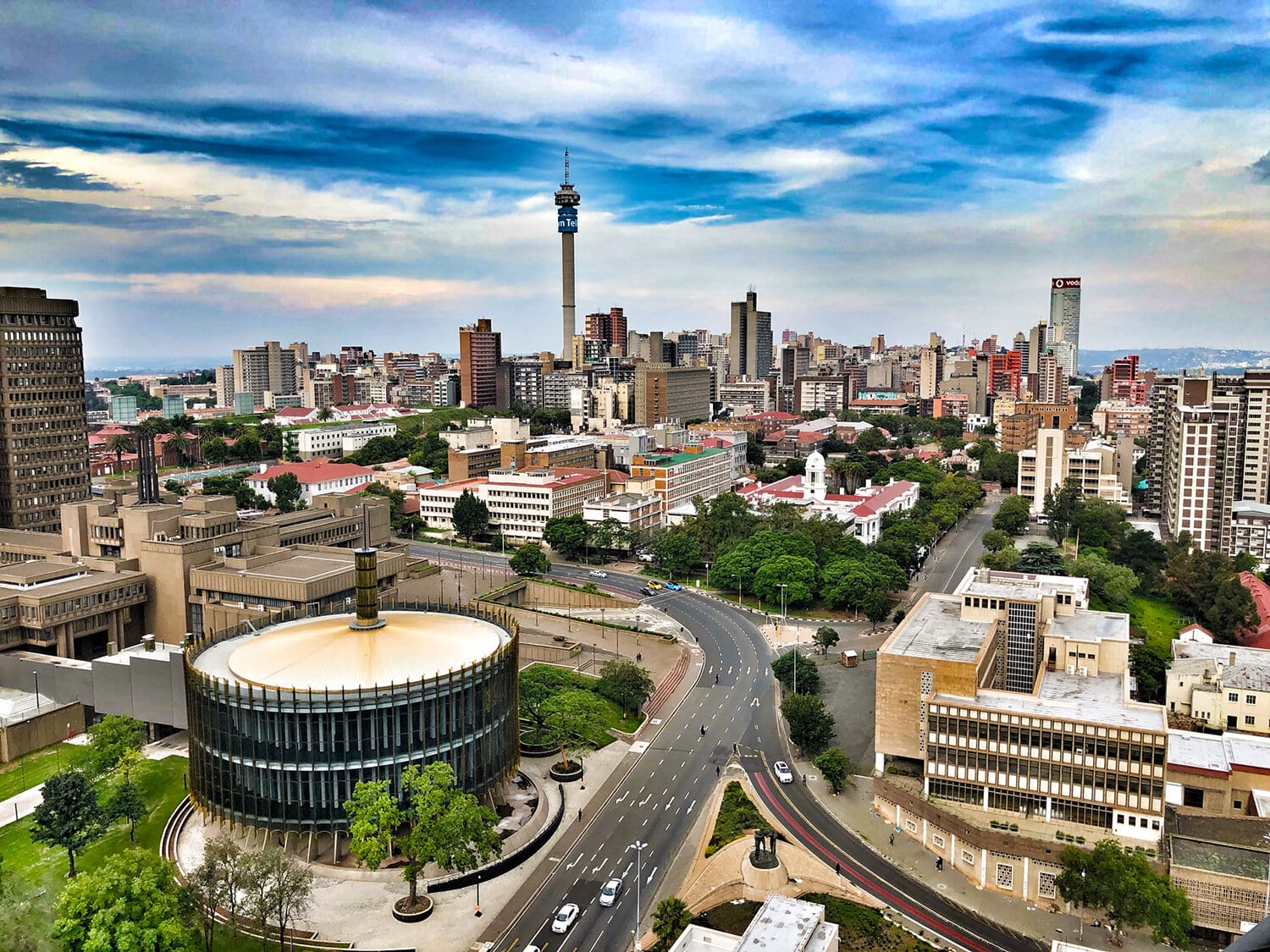The 10-Minute Rule for Johannesburg North Attractions
The 10-Minute Rule for Johannesburg North Attractions
Blog Article
Johannesburg North Attractions - Questions
Table of ContentsThe Facts About Johannesburg North Attractions UncoveredNot known Factual Statements About Johannesburg North Attractions Johannesburg North Attractions for DummiesEverything about Johannesburg North AttractionsUnknown Facts About Johannesburg North AttractionsThe Basic Principles Of Johannesburg North Attractions The Best Strategy To Use For Johannesburg North Attractions
However you need to keep safety in mind and visitors should stay alert whatsoever times when in unknown environments. Talk with the residents when you remain in town to discover the location you are remaining in. Johannesburg North attractions. When on the street (this doesn't relate to buying malls and various other secure atmospheres) ideal basic guidance is to attempt your ideal to resemble a local and to avoid showing any kind of kind of riches
The Ultimate Guide To Johannesburg North Attractions
Professor Revil Mason O. J. (Thomson, 1946) checked out the Witwatersrand's pre-colonial history. His archaeological work blew up the 'em pty land' misconception, according to which the region was empty of human habitation prior to the arrival of European inhabitants. In his publications Prehistory of the Transvaal: A Record of Human Task (1962) and Origins of Black People of Johannesburg and the Southern Western Central Transvaal Advertisement 3501880 (1986 ), Professor Mason showed the level of social and economic development in the location before Europeans established foot right here.

Our Johannesburg North Attractions Ideas
In 1878, David Wardrop located gold in quartz blood vessels at Zwartkop, north of Krugersdorp. In 1881, Stephanus Minnaar came throughout gold on the farm Kromdraai, near the Cradle of Humankind.
In March 1886, an outcropping (quickly to be called the Key Reef) was discovered, quite fortuitously, on Gerhardus Oosthuizen's farm Langlaagte. Some say that the Lancastrian coal miner George Walker found this reef. Another itinerant English prospector, George Harrison (who had actually previously operated in Australian mines) obtained a prospecting licence in respect of Langlaagte in May 1886.
He made a decision to go on in a pursuit for greener fields, and disposed of his Langlaagte claim for the princely sum of 10. Alas: below lay the richest goldfield ever located. The exploration of this abundant auriferous coral reef provoked a gold rush that signalled completion of agrarian serenity in the southern Transvaal.
It would, within six years, become the biggest community in southern Africa. Within a years, it would certainly make the Z. A. R. till then an anarchical and insolvent little state the wealthiest nation in Africa. By the turn of the century, the Z. A. R. was to exceed Russia, Australia and the USA of America to end up being the world's leading gold producer, generating greater than a quarter of the globe's gold.
The smart Trick of Johannesburg North Attractions That Nobody is Discussing
It was understood as Ferreira's Camp, called after Colonel Ignatius Ferreira. He was a Boer traveler upon whom the British authorities had actually presented the status of Companion of one of the most Distinguished Order of St Michael and St George (qualifying him to the post-nominal letters C. M. G.) in thankfulness for his function in the battle that had deposed the Pedi king Sekhukhune in 1879.
Two various other camps were established: Meyer's Camp on the ranch Doornfontein, and Paarl Camp. The latter was nicknamed Afrikander Camp; numerous individuals from the Cape Nest worked out there.

Fascination About Johannesburg North Attractions
This name got money by word of mouth, such that the State Secretary attested additional info the name to the Mining Commissioner on 9 October 1886. Stands in the town were auctioned on 8 December 1886. While some stands were cost 10, others were knocked down for as low as sixpence.
2 years later on, these erven were to alter hands for as long as 750 each. The tented camps diminished as a dorp of corrugated iron buildings created and broadened north of the mines located along the Main Reef Road. Locations such as Jeppe's Community (where working-class immigrants erected their dwellings) and Doornfontein (where the affluent brand-new 'Randlords' started to create their luxurious residences) were quickly contributed to the ever-expanding map of the town.
Not known Facts About Johannesburg North Attractions
In addition to the street names, there were no indicators of Johannesburg being located in a Dutch-speaking visit nation. Years later, C. W. Kearns O. J. (among the very first boys enrolled at St John's College in 1898) would certainly recall: 'An unusual truth about Johannesburg was that, although it remained in the [Boer Republic], almost everyone visit the site talked English and even the Federal government slaves dealt with one in English, unless they were initial attended to in the Taal (or Low Dutch)'.
Thus, Britain had an interest in guaranteeing ideal problems for gold production on the Witwatersrand, which the gold was exported to London as opposed to Berlin a vital provided all the extra clamant by the Z. A. R - Johannesburg North attractions.'s enhancing toenadering with Germany. Mine owners were on a crash training course with President Kruger, whose plan of monopolistic concessions (typically given to his cronies) protected against mining firms from procuring supplies of materials (specifically dynamite) and labour by themselves, cheaper terms
The 4-Minute Rule for Johannesburg North Attractions
In 1890, the Volksraad had limited the franchise to white guys that had resided in the Z. A. R. for fourteen years or longer, thus disqualifying most of the immigrants (that occurred to be the major contributors to the fiscus). Frustration for the vote was a plain pretext for promoting a different program; many uitlanders regarded themselves as short-term visitors and had no intention of remaining in the Z.
Report this page